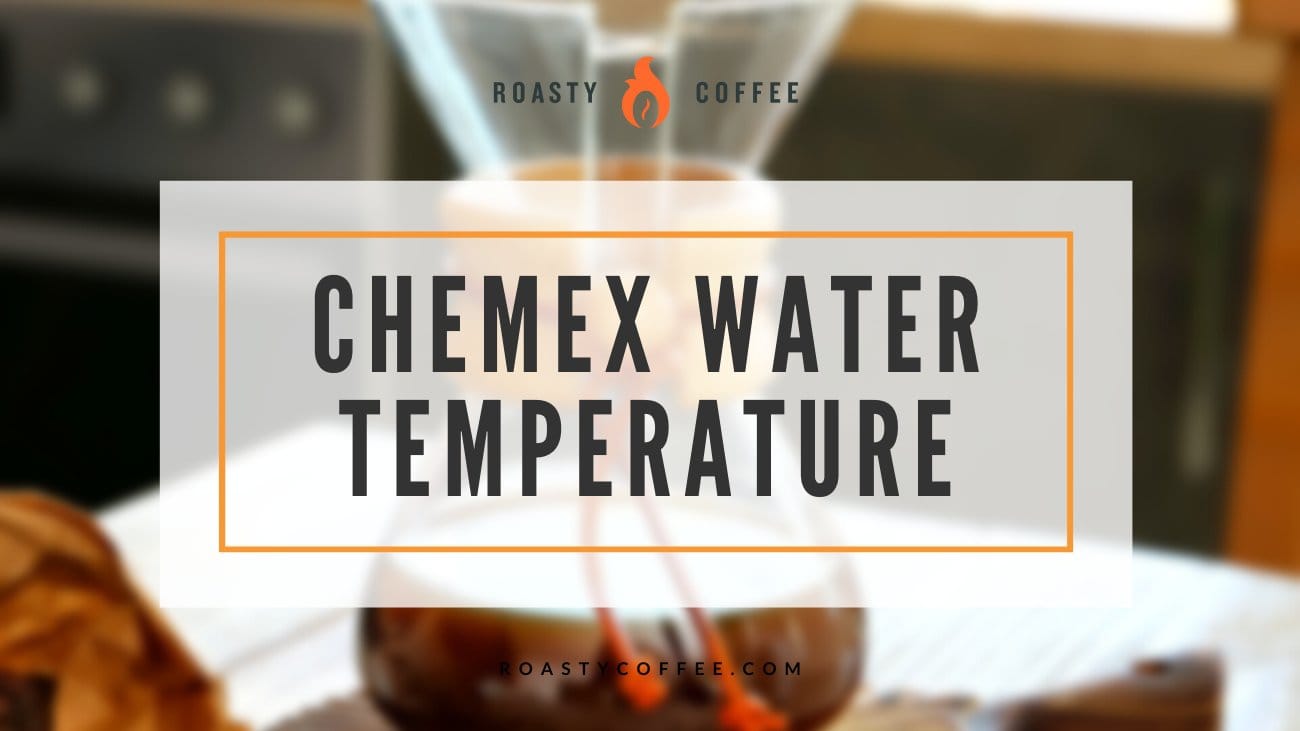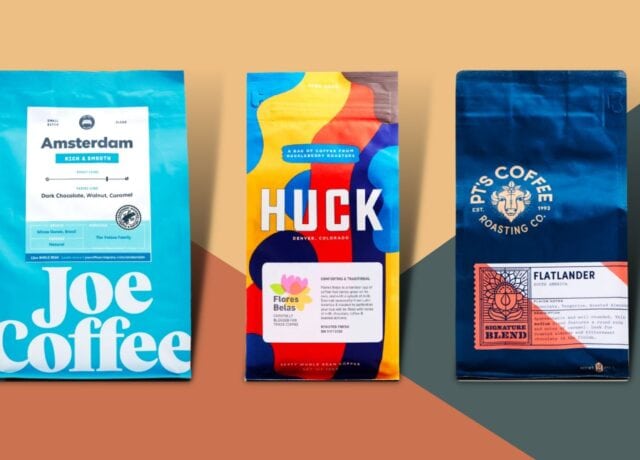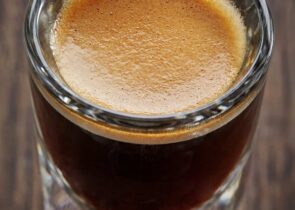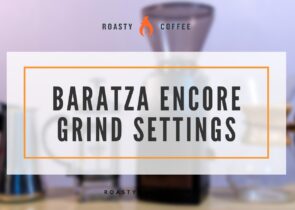Every aspect of brewing with a Chemex has an impact on the flavor and boldness of the coffee being brewed. It’s one of the best ways to extract a bean’s flavors and experience coffee in a new and electrifying way.
Here we will cover the significance and importance of water temperature when brewing with a Chemex.

Brewing With a Chemex
My personal favorite pour over method is the Chemex. Its beautiful design is so visually appealing, but what I love most about it is the level of control you have over the end result. Brewing on a Chemex allows all the flavors of your coffee beans to shine through, but only if done within certain parameters.
When brewing coffee in a Chemex, you can mess around with the ratio of water to grinds to get different saturation levels. There is also a fairly wide range of grind levels you can use when brewing with a Chemex that will yield different results based on your coffee preference.
But one element that is key to getting great coffee is water temperature, and often the vital question to ask is “what temperature do I use for brewing on a Chemex?”
What Water Temperature to Use
Coffee in all its heated forms needs to be brewed with hot water, generally between 195-205* C. Water boils at 212* C, so brewing temperatures are slightly below a rolling boil.
When it comes to Chemex, you can use anywhere between 195-205* C with varying results– but that’s exactly what we want!
The magic of Chemex is that it allows you to taste every aspect of the bean. Depending on the many variables involved in growing, harvesting, and processing coffee beans, these flavors can be more or less pleasing to you, the consumer.
Thankfully, these can be controlled through water temperatures.
If you have a darker roast, heat your water on the cooler side of the temperature range. We suggest keeping your water below 200*C, but don’t fall below 95*C. This pulls out the oils without over-saturating them.
On the other hand, lighter roasts brew better at a higher temperature for maximum flavor extraction of the beans.
Does Grind Size Matter for Chemex Water Temperature?
Yes, grind size and water temperatures correlate. You should always use a medium-coarse to coarser grind with Chemex. Ideally, your grinds will be anywhere between table salt and coarse sea salt sized.
If your grinds are too fine, they’ll be far too over-extracted by the time the water makes it through, giving you a bitter and acidic-tasting cup of coffee. If they are too coarse, you risk your coffee being under-extracted and weak.
Water temperature tends to work similarly – too hot, you’ll get over-extracted, acidic-tasting coffee. Too cold, and your coffee will be under-extracted and flat.
You can find the perfect balance with a medium grind and a mid-range water temperature of 200*.
If your grinds are finer than you intended, have your water temperature be on the cooler side, 90-95*C, to help counter the over-extraction of being a finer grind. If your grinds seem too coarse, have your water on the hotter side, 205-210*C, to help quicker draw out the flavors and oils as they pass through the grinds.
Using Water That’s Too Cold or Too Hot
If your water isn’t hot enough, your coffee will be under-extracted and weak. If your water is at a rolling boil, you risk over-extracting your coffee and creating a very bitter and acidic cup of joe that does not have all the sweet and pleasant aroma or taste of coffee.
Although you can brew in a Chemex with cold water, this is done through a cold brew process where you leave grinds submerged in water overnight to get maximum extraction.
Best Way To Ensure Temperature Accuracy
The best way to monitor your perfect water brewing temperature is to get yourself a temperature control kettle.
These kettles are more expensive but can have lots of cool features. Most temperature control kettles allow you to program the temperature you want while some will even keep your water at that exact temperature for up to an hour.
You can also get a temperature reader for a non-temperature control kettle so that you can keep track of the temperature and brew once your desired boil point has been reached.
If stuck in a pinch with no ability to tell water temperature, simply bring your water to a boil, remove it from the heat, and let sit for 30-60 seconds before using.
Conclusion
With so many factors involved with brewing, Chemex can be too much of a headache for some coffee consumers. But for those of us who love the process, learning our personal preferences and taste can be so fun as we nail down our perfect Chemex brew.
Chemex is an involved brewing process that requires the user to consider various factors, such as which filter to use, grind size, water temperature, water distribution, and speed.
As a result, it can be so rewarding, as well as utterly delicious.
Happy Caffeinating!









